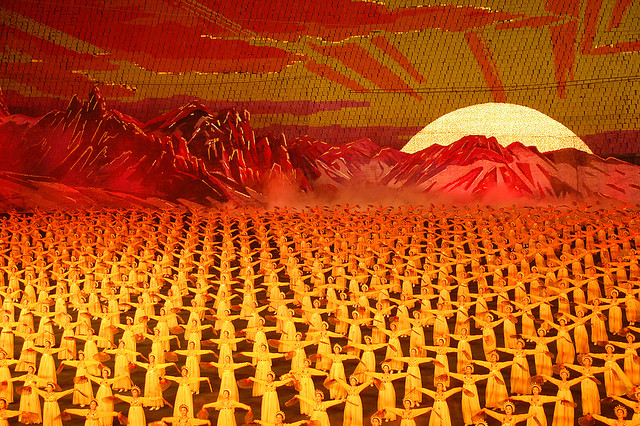
Pyongyang conducted its fourth nuclear test on 6 January. Technically, we know comparatively little about the device that it tested. In terms of seismic signature the blast seems to have been from a bomb about 7 kilotons in size. But seismic signature is an imprecise way of measuring yield, so we should probably allow a factor of two in either direction. That means the bomb’s yield was somewhere between 3.5 and 14 kilotons.
Was it—as North Korea claimed—a hydrogen bomb? We don’t know. It might have been a plain fission device or a ‘boosted’ fission device (with deuterium or tritium emplaced to ‘boost’ the yield). Frankly, unless it proves possible to detect radionuclides from air-sampling in the vicinity of the test site—and that would require leakage from the test shaft—it seems unlikely we’ll know what sort of device it was. Air-sampling aircraft didn’t detect any tell-tale radionuclides in the weeks after the third test. (The Comprehensive Nuclear Test Ban Treaty Organisation did
report a finding of noble gases xenon-131m and xenon-133 about two months after the test, a finding it described as ‘consistent with a nuclear fission event occurring more than 50 days before the detection’.)
True, the yield suggests it wasn’t a full-sized hydrogen bomb. But North Korea has already said it wasn’t, so no prizes there. Even in a hydrogen bomb, the most interesting reactions take place during triggering: the detonation of the primary fission weapon and the initiation of fusion. Boy scouts learn to light fires, not to build the biggest fires they can. So too for a weapon designer—once the fire’s burning it’s comparatively easy to add more wood. So it might have been a test of a prototype hydrogen bomb with relatively little fusion fuel.
It might also have been a test of a boosted fission weapon. Pyongyang has long sought ways to miniaturise its nuclear weapons, the better to place them atop its ballistic missiles. Some
media reports in recent months have suggested the North Koreans have been trying to build weapons that use less than 6kg of plutonium, and so they might have been testing a device doing so, perhaps using boosting to help the detonation along.
Of course, they might also have been testing a simple fission device. True, they know they already have a workable design for that—as the first three tests show—but perhaps they’ve made advances in shrinking the weapon.
Superimposing the seismic signals for all four tests does highlight an apparent similarity to the four detonations.
What should we make of the fact that after four tests the North Koreans are still achieving yields in the single-digit kiloton range? Possibly not too much. Seven kilotons in downtown Seoul, Tokyo or Los Angeles can still make for a bad day. And perhaps the constraint is political, not technical. Maybe the North Koreans are deliberately keeping the explosions small. After all, the test site isn’t that far from China. And the outpouring of international vitriol would undoubtedly be more intense if the tests were larger.
Finally, where does this leave the North Korean nuclear arsenal? A test device isn’t automatically a deployable weapon that could survive the rigours of delivery. And the North’s long-range missiles are still a hit-and-miss affair in terms of their reliability. But how reliable do the warheads and missiles have to be in order to satisfy Kim Jong-un that he has an ace in the hole? Moreover, how reliable do they have to be to factor into US policy-making? Would a US president think a 20% chance of a North Korean warhead successfully hitting Los Angeles makes for more confident US Asian engagement in North Asia than a 50% chance or an 80% chance?
Critics of the North Korean program may deride its achievements. And yes, the program limps rather than runs. But Pyongyang is gradually putting itself into a position where it must be treated as a real nuclear weapon state. Denuclearisation is no longer an option—at least not while the Kims remain in power.
 Print This Post
Print This Post